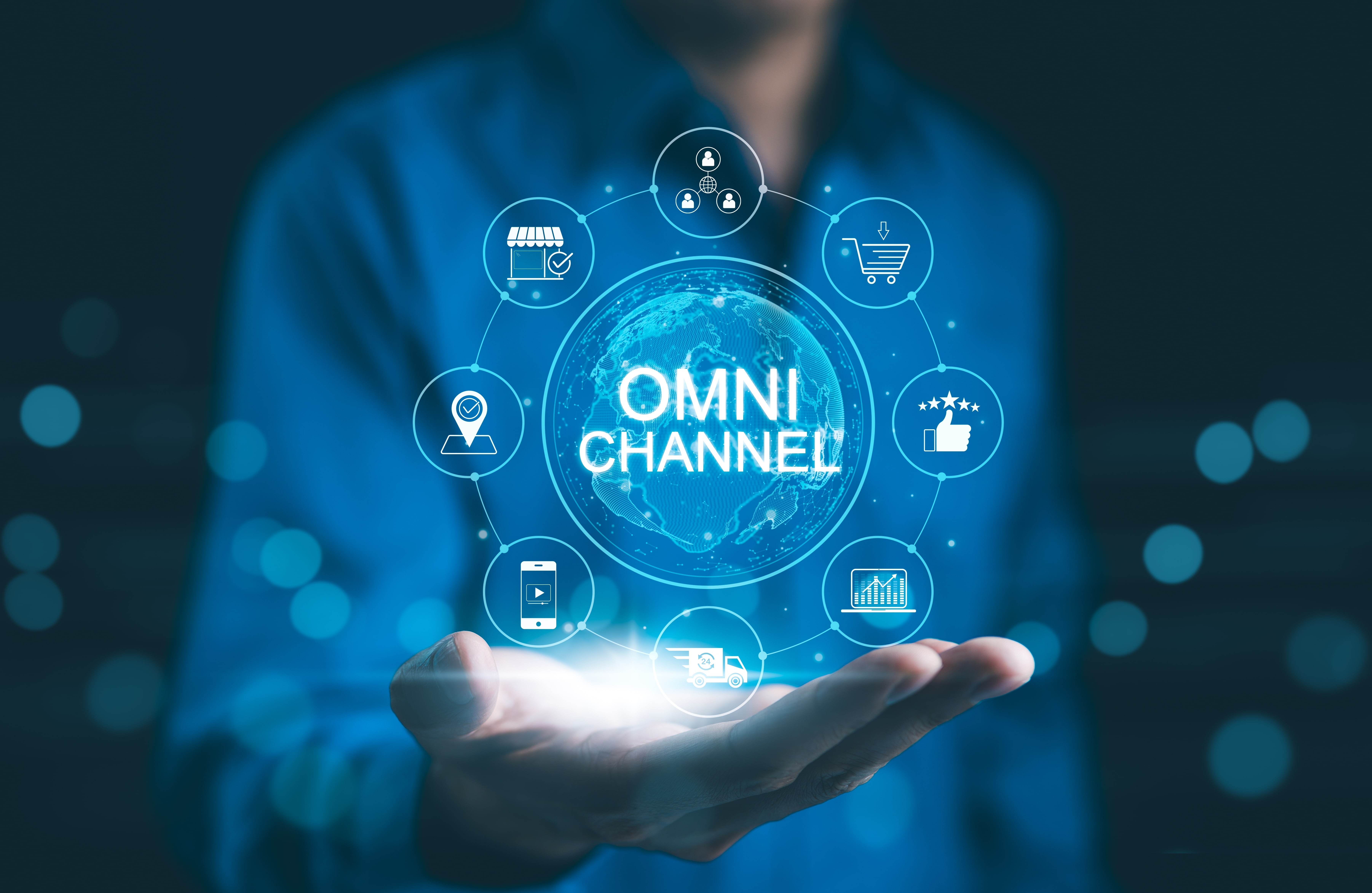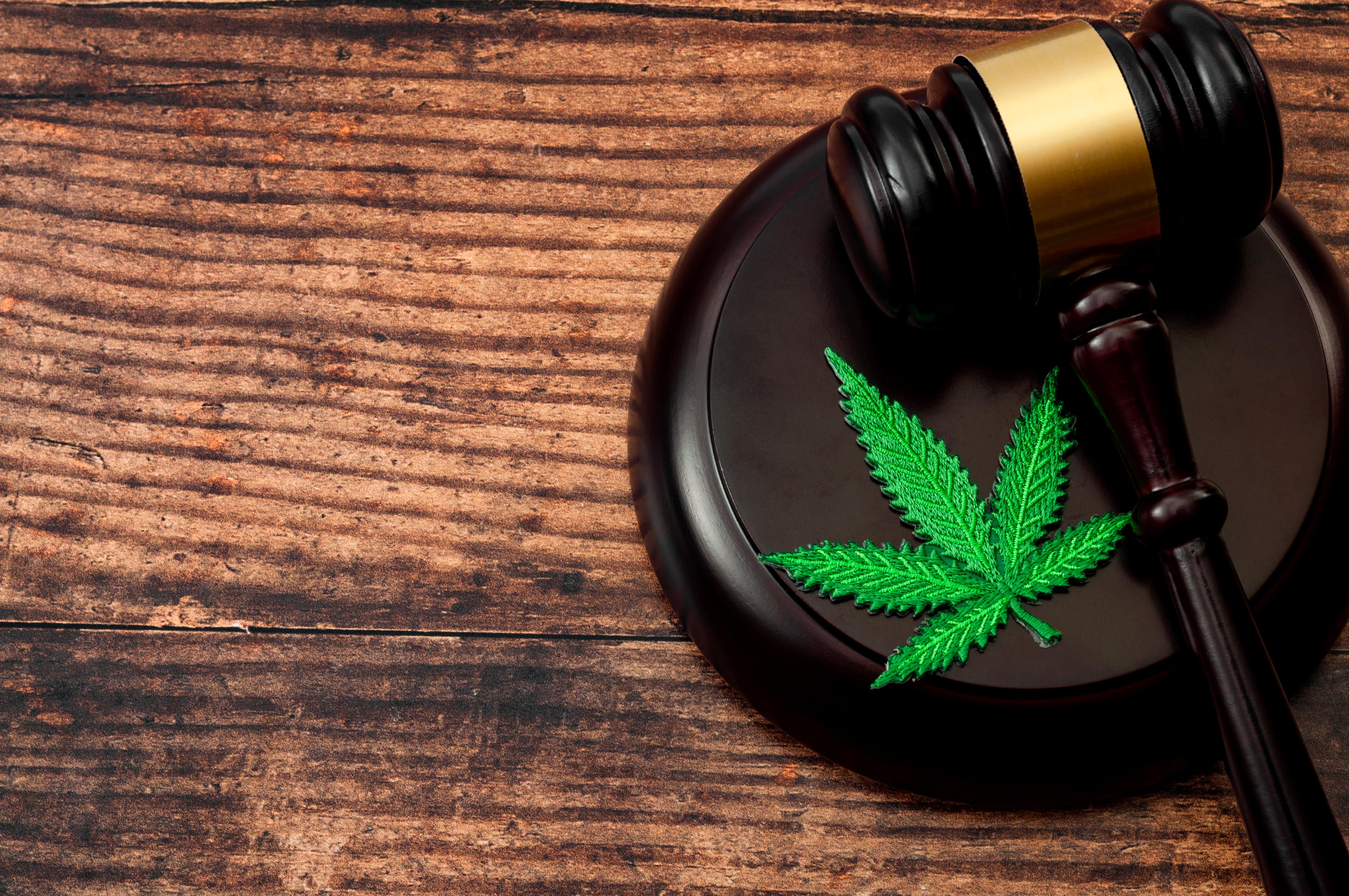When a brand is preparing to launch a new product or seasonal promotion, relying on a single channel rarely delivers the best results. A few scattered social posts or a one-off email blast might create a spike in attention, but it won’t sustain momentum.
A coordinated omnichannel marketing campaign ensures that your message reaches customers across multiple touchpoints in a way that feels seamless and connected — from their Instagram feed to their inbox to the in-store experience. The most successful omnichannel marketing campaigns make the customer feel like they’re part of a continuous brand story, no matter where they interact.
What Is an Omnichannel Marketing Campaign?
An omnichannel marketing campaign is a coordinated marketing effort that delivers a consistent brand experience across all channels—digital, physical, and hybrid. The goal is to connect touchpoints so the customer journey feels natural, not disjointed.
Common touchpoints in cannabis and regulated industries include:
- Email – Loyalty program offers, event invites, and segmented promotions
- Social media – Compliant, lifestyle-based storytelling and community engagement
- In-store – Staff upselling, signage, and product sampling
- Website/landing pages – Serving as the campaign’s informational hub
- SMS/push notifications – Time-sensitive reminders and exclusive discounts
- CTV/OTT ads – Brand storytelling through high-quality visuals
For brands still unsure of how omnichannel differs from other approaches, understanding the fundamentals of multi-channel vs omnichannel marketing is essential before building omnichannel campaigns.
How Do You Build an Omnichannel Campaign Strategy?
A strong omnichannel campaign strategy starts with one primary objective supported by measurable dispensary KPIs. Examples include:
- Selling out of a limited-edition product within a set timeframe
- Increasing loyalty program sign-ups by a target percentage
- Driving higher repeat purchase rates through bundled promotions
From there, assign specific roles to each channel:
- Social media to build awareness through teaser content and storytelling
- Email to provide deeper product details and conversion-focused offers
- SMS to deliver urgency-driven reminders
- In-store touchpoints to reinforce messaging and close the sale
By defining these roles early, brands can align messaging with the broader principles of omnichannel customer experience strategy, ensuring the journey feels connected from first impression to final action.
Crafting the Story: Messaging and Timing in Omnichannel Campaigns
With the roles defined, the next step is to create a unifying creative theme. Every touchpoint, from a social video to a landing page banner, should carry visuals, copy, and tone consistent with your cannabis branding.
A well-structured omnichannel campaign strategy calendar builds anticipation and then drives action over the course of several weeks. Here’s an example of how a six-week campaign could unfold:
- Week 1: Tease with visuals and hints ("It’s almost here…") on social, plus an early-access email to your loyalty base.
- Week 2: Share behind-the-scenes content and product development stories to build intrigue, supported by a blog post or landing page.
- Week 3: Introduce product features in detail across channels, incorporating educational videos and customer testimonials.
- Week 4: Launch targeted SMS and email offers with limited-time incentives to encourage pre-orders or early purchases.
- Week 5: Roll out broader paid media campaigns, CTV/OTT ads, and in-store events to reach a wider audience while maintaining consistent creative.
- Week 6: Create urgency with last-chance promotions, retarget engaged audiences, and drive in-store conversions.
This sequencing is a hallmark of effective omnichannel campaign management, aligning creative and timing so each message builds on the last and leads customers naturally toward conversion.
Example: Starbucks’ Omnichannel Loyalty Program
Starbucks connects its digital and physical touchpoints to create a consistent customer journey. Every channel is linked, so rewards, payments, and promotions work seamlessly across platforms.
- In-Store: Baristas can see rewards profiles and encourage app use with in-store promotions.
- Mobile App: Acts as the central hub for ordering, payments, reward tracking, and personalized offers.
- Website: Provides account management, card reloads, and reward history for desktop users.
- Email: Sends targeted offers, challenges, and reminders to drive customers back to the app or store.
This straightforward integration ensures customers get the same experience whether they engage online, through the app, or at a store.
What Makes Omnichannel Campaign Management Effective?
On launch day, all channels should activate together. Social posts go live in the morning, SMS reminders drop at peak browsing times, and in-store signage matches what customers saw online. Staff are briefed with consistent talking points, and the website homepage mirrors the campaign visuals.
But a launch isn’t the finish line but the starting point for optimization. Brands that leverage omnichannel marketing automation can:
- Track performance daily across all channels
- A/B test creative mid-campaign to improve click-throughs and conversions
- Reallocate budget to top-performing channels without losing campaign cohesion
Consistent monitoring and quick adjustments are the backbone of high-performing omnichannel marketing campaigns.
How Do You Keep Omnichannel Campaigns Going After Launch?
Once the initial promotion period ends, the most effective brands continue the conversation. Customers who engaged with the campaign might receive a thank-you email with a loyalty incentive, while those who clicked but didn’t purchase can be retargeted with a different offer that fits their preferences.
This retention phase is a critical part of any omnichannel campaign strategy and can significantly increase long-term loyalty. A strong follow-up plan transforms a single sale into an ongoing relationship, a key hallmark of winning omnichannel marketing campaigns.
Tools That Make Omnichannel Campaign Management Possible
Executing a campaign across multiple touchpoints requires the right infrastructure:
- CRM software for audience segmentation and automated messaging
- Customer Data Platforms (CDPs) for merging data from POS, eCommerce, and loyalty systems
- Analytics tools for marketing revenue attribution tracking and ROI measurement
When integrated into an omnichannel marketing platform, these tools give you a central hub to manage every stage of omnichannel campaign management from planning through post-launch analysis.
Turning Touchpoints into a Journey
A disconnected marketing plan is a set of stops. A unified one is a journey. With omnichannel campaign management, every step (from an Instagram scroll to an in-store visit) feels intentional, connected, and part of the same brand promise. When you map and manage your campaigns this way, customers don’t just interact with your eCommerce funnel; they travel with it.
Ready to Build Your Own Omnichannel Marketing Campaigns?
An omnichannel marketing campaign is an ongoing conversation with your customers. Done right, it’s the difference between running ads and building a brand people recognize, trust, and return to.
If you’re ready to create omnichannel marketing campaigns that work across every touchpoint, start by auditing your last effort for integration gaps — or explore how an omnichannel marketing platform can help you plan, execute, and optimize with confidence.
.svg)









